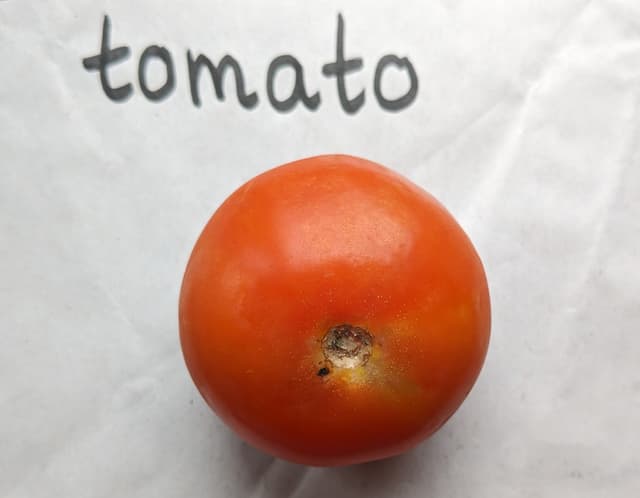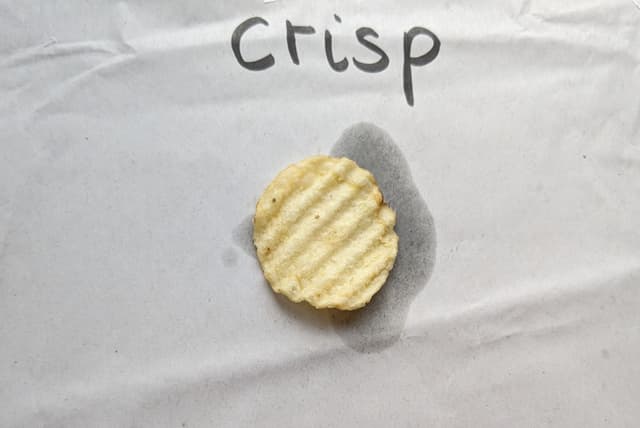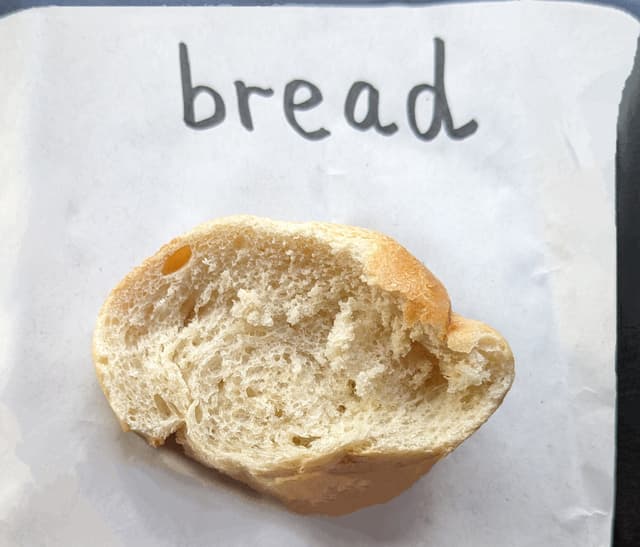Myths about teaching can hold you back
- Year 3
Fats in food: review (non-statutory)
I can compare how much fat is in different types of food.
- Year 3
Fats in food: review (non-statutory)
I can compare how much fat is in different types of food.
These resources were made for remote use during the pandemic, not classroom teaching.
Switch to our new teaching resources now - designed by teachers and leading subject experts, and tested in classrooms.
Lesson details
Key learning points
- Fats in food, absorbed by paper, are easily visible and make it easy to identify which foods contain fats.
- The size of greasy stains from food on paper can be observed and/or measured and compared.
- Scientists often evaluate a completed investigation and suggest improvements.
- The results of a scientific investigation can be compared to secondary sources that already exist.
Keywords
Fat - Fat is a nutrient found in foods such as butter and cheese. Only small amounts are needed as part of a healthy diet.
Greasy - Something that is greasy is covered with or contains fats and oils.
Evaluate - To evaluate is to think about what you did and suggest any changes or improvements.
Common misconception
Pupils may think that foods containing fats are 'bad' for humans and we should not eat them.
Emphasise to pupils that humans need some fat as part of a balanced diet and it is a diet that is very high in fat that is not healthy for humans. The foods themselves are ok to eat as part of a balanced diet.
To help you plan your year 3 science lesson on: Fats in food: review (non-statutory), download all teaching resources for free and adapt to suit your pupils' needs...
To help you plan your year 3 science lesson on: Fats in food: review (non-statutory), download all teaching resources for free and adapt to suit your pupils' needs.
The starter quiz will activate and check your pupils' prior knowledge, with versions available both with and without answers in PDF format.
We use learning cycles to break down learning into key concepts or ideas linked to the learning outcome. Each learning cycle features explanations with checks for understanding and practice tasks with feedback. All of this is found in our slide decks, ready for you to download and edit. The practice tasks are also available as printable worksheets and some lessons have additional materials with extra material you might need for teaching the lesson.
The assessment exit quiz will test your pupils' understanding of the key learning points.
Our video is a tool for planning, showing how other teachers might teach the lesson, offering helpful tips, modelled explanations and inspiration for your own delivery in the classroom. Plus, you can set it as homework or revision for pupils and keep their learning on track by sharing an online pupil version of this lesson.
Explore more key stage 2 science lessons from the Healthy eating unit, dive into the full primary science curriculum, or learn more about lesson planning.

Equipment
Crisps and squared paper from preceding lesson, nutrition labels for the crisps used in the investigation.
Content guidance
- Depiction or discussion of sensitive content
Supervision
Adult supervision recommended
Licence
Prior knowledge starter quiz
6 Questions
Q1.Fats are a type of...
Q2.Fats give humans...
Q3.True or false? Humans should not eat any foods that contain fats.
Q4.Which of these statements is true?
Q5.Some foods leave a greasy mark on paper. What does this tell us about the food?
Q6.What can scientists do to find out the answers to questions?
Assessment exit quiz
6 Questions
Q1.Which of these foods contain fats?



Q2.Why do scientists write conclusions?
Q3.What do scientists suggest when they evaluate an investigation?
Q4.In an investigation about how much fat different crisps contain, we can compare the results with ...



Q5.We can compare the greasy marks on paper in order to conclude which food contains a higher amount of fats. Which crisp below is likely to contain the most fat?

Q6.Look at the nutritional information below. Which crisp would you expect to have the smallest greasy mark?





